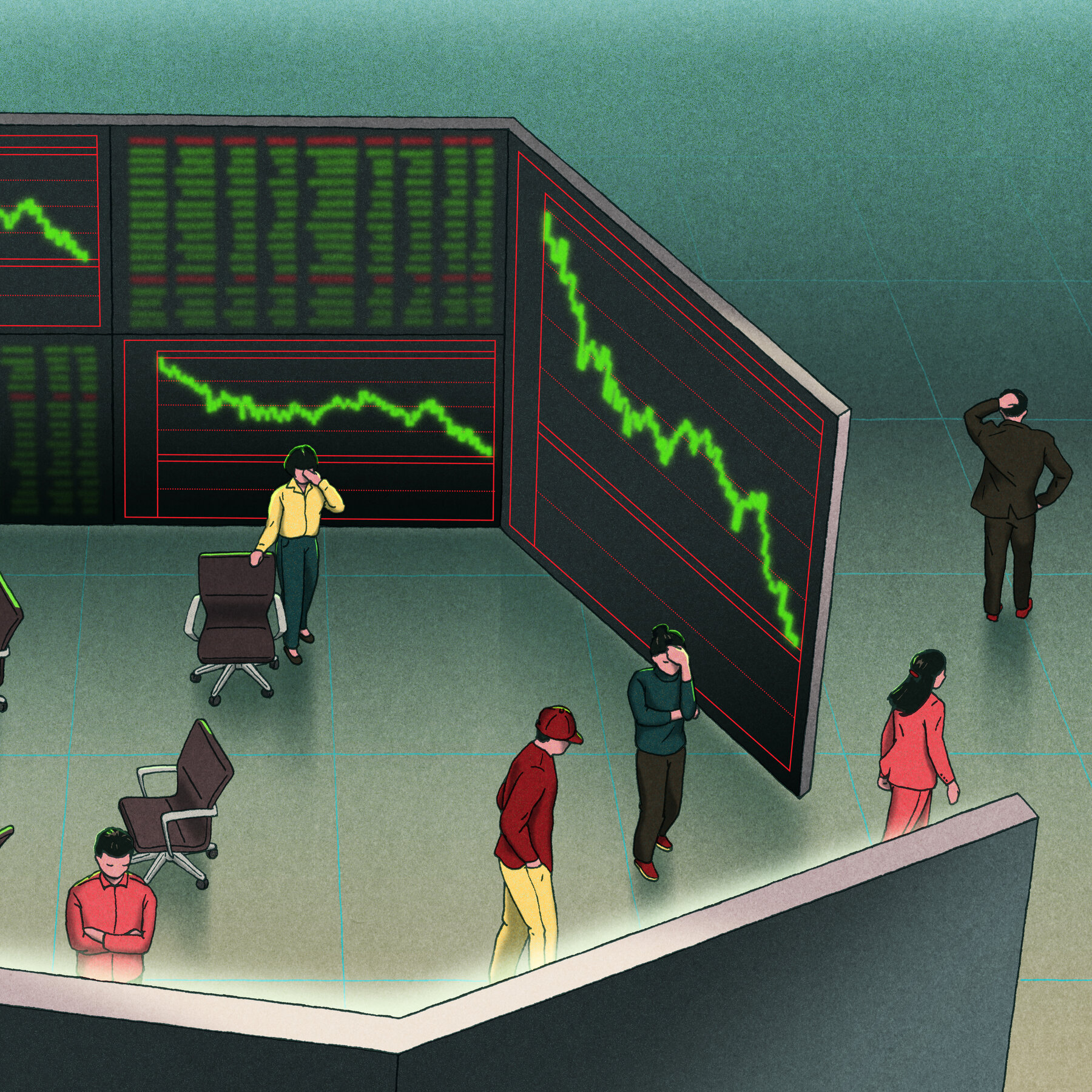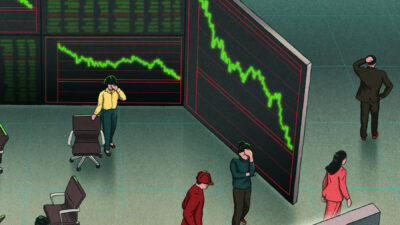Investors always keep a keen eye on stock movements, trying to decipher signals that indicate potential buying or selling opportunities. One such signal is when a stock enters oversold territory—a term that might sound complex but is crucial for understanding market trends. Recently, T. Rowe Price Group (TROW) has entered this zone, raising important questions for investors.
So, what does it mean when a stock is oversold? Is it a warning sign or a golden opportunity? Let’s break it down in simple terms.
Table of Contents
| Sr# | Headings |
|---|---|
| 1 | Understanding Oversold Territory |
| 2 | What Led T. Rowe Price Group to Oversold Levels? |
| 3 | Key Technical Indicators |
| 4 | Market Sentiment and Reactions |
| 5 | Potential Investment Opportunities |
| 6 | Risks Associated with Oversold Stocks |
| 7 | Comparing TROW with Industry Peers |
| 8 | Past Trends: How TROW Has Recovered? |
| 9 | Expert Opinions and Predictions |
| 10 | Should You Buy, Hold, or Sell? |
| 11 | What This Means for Long-term Investors |
| 12 | Short-term Trading Strategies |
| 13 | How to Avoid Common Investment Mistakes |
| 14 | Final Thoughts |
| 15 | FAQs |
1. Understanding Oversold Territory
Imagine a rubber band stretched to its limit—eventually, it has to snap back. In financial markets, an oversold stock is one that has experienced heavy selling pressure, often leading to a price drop beyond its true value. This can be identified using technical indicators like the Relative Strength Index (RSI).
A stock is generally considered oversold when its RSI drops below 30—a signal that it may be undervalued and due for a rebound.
2. What Led T. Rowe Price Group to Oversold Levels?
Several factors can push a stock into oversold territory, including:
- Market-wide downturns
- Poor earnings reports
- Investor panic
- Sector performance decline
For T. Rowe Price Group, a combination of these factors has contributed to its current position.
3. Key Technical Indicators
Apart from RSI, traders use other metrics to confirm an oversold condition:
- Moving Averages – When the stock trades significantly below its 50-day or 200-day average.
- MACD (Moving Average Convergence Divergence) – Indicates momentum shifts.
- Bollinger Bands – If the stock price hits the lower band, it suggests oversold conditions.
4. Market Sentiment and Reactions
Investor behavior plays a crucial role. If panic selling occurs, the stock may drop further before a buying opportunity emerges. However, large institutional investors often watch for oversold signals to buy the dip.
5. Potential Investment Opportunities
Could this be a perfect time to buy? If T. Rowe Price Group is fundamentally strong, an oversold position may mean a discounted buying opportunity for long-term investors.
6. Risks Associated with Oversold Stocks
While an oversold stock may rebound, it’s not guaranteed. Risks include:
- Further decline if negative trends persist.
- Market volatility affecting recovery.
- Company-specific challenges like declining revenues.
7. Comparing TROW with Industry Peers
It’s always wise to compare a stock’s performance with competitors. How does TROW measure up against other financial firms? If the entire sector is down, the issue might be broader than just one company.
8. Past Trends: How TROW Has Recovered?
Looking at historical patterns, T. Rowe Price Group has experienced oversold conditions before and managed to bounce back. Examining past recoveries can offer clues about future potential.
9. Expert Opinions and Predictions
Many market analysts track TROW’s performance. Some suggest it’s a buying opportunity, while others urge caution. Always weigh expert insights against your investment goals.
10. Should You Buy, Hold, or Sell?
Here’s a simple breakdown:
- Buy if you believe in the company’s fundamentals and long-term growth.
- Hold if you already own shares and expect a rebound.
- Sell if there are concerns about continued declines.
11. What This Means for Long-term Investors
Long-term investors should focus on fundamentals rather than short-term price swings. If TROW remains financially stable, this could be a great chance to accumulate shares at a discount.
12. Short-term Trading Strategies
For short-term traders, oversold conditions may present a quick profit opportunity. Some strategies include:
- Swing trading – Buying low and selling at resistance levels.
- Momentum trading – Using technical indicators for entry and exit points.
13. How to Avoid Common Investment Mistakes
Mistakes to avoid when dealing with oversold stocks:
- Buying too soon – Wait for confirmation signals.
- Ignoring fundamentals – Technical signals aren’t everything.
- Over-leveraging – Risk management is key.
14. Final Thoughts
T. Rowe Price Group’s oversold status could signal a potential rebound or further decline. While technical indicators suggest a buying opportunity, investors should do their research and assess risk factors.
Whether you’re a long-term investor or a short-term trader, making informed decisions is crucial. Always analyze market trends, seek expert opinions, and align your investments with your financial goals.
15. FAQs
1. What does it mean when a stock is in oversold territory?
It means the stock has dropped significantly, often beyond its fair value, according to technical indicators like RSI.
2. Is an oversold stock a good investment?
It depends. While oversold stocks may rebound, investors should assess the company’s fundamentals before buying.
3. What are the risks of buying oversold stocks?
The stock may continue to decline, market conditions may worsen, or the company could face long-term challenges.
4. How long does it take for an oversold stock to recover?
There’s no fixed timeline—it depends on market sentiment, company performance, and economic conditions.
5. How can I tell if T. Rowe Price Group is a buy right now?
Check technical indicators, financial reports, analyst opinions, and compare its performance with industry peers.









